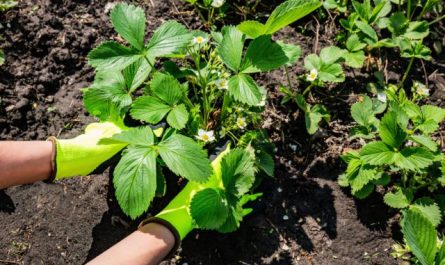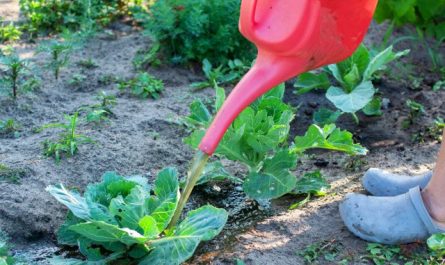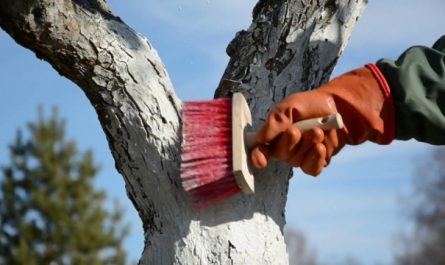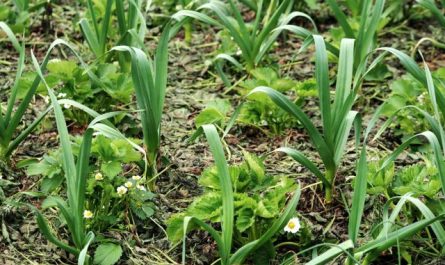Nutrient-rich soil is the key to healthy plants. Depletion and drying of soil, including from severe weather conditions, can lead to a number of problems. From erosion and waterlogging to plant death and land degradation.

Preservation of land resources is one of the most important stages of any farming. Throughout history, many civilizations have used terraces to increase crop yields, collect water, and restore soil productivity. Especially in relation to space, which is characterized by gentle and steep slopes. Relatively easy to use and quite popular – Kenyan terrace methodology “Fanya-ju” (Make-up). Adapted, it has become widespread throughout the world since the 70s-80s.
The Basics of Fanja-ju
The main principle of terracing is to preserve the valuable topsoil, rich in organic matter, and water resources. In Swahili Make-up means “throw up” The structure is an embankment made of soil with the addition of stone or entirely of it, as well as a ditch at the bottom. The embankment creates a barrier to runoff, while the trench holds the runoff of rainwater. Water basins in semi-arid regions serve to collect and store precipitation, and in humid climates – to drain excess water.
Multi-level structures are suitable for humid areas with annual rainfall above 500 mm per year. Soils of hilly areas with slopes from 5% to 50% must be sufficiently deep and subject to a high risk of erosion. When designing and maintaining, it should be taken into account that the methods of cultivation and the steepness of the slope affect its organic and mineral composition, as well as acidity.

“Fanya-ju” technology
Before starting work, it is necessary to carefully study the area. The most important criteria are the steepness of the slope and the direction of water flows. In practice, trenches that serve as water catchments are located at a distance of 5 m to 25 m from each other. The steeper the area, the closer. An exact measurement of the contour line is carried out, along which trenches 60 cm deep and 60 cm wide are formed. It is advisable to interrupt the trench every 10 meters to prevent lateral water flow. This eliminates the likelihood of an erosion gully.
The upper part of the site is formed according to the methodology “Fanya-cini” (Do it down.). The soil is moved down to create a trench with a strong barrier to block water coming from the hill.
Along the plot and at the very bottom, the soil is thrown up the slope, forming a mound 50 cm high and 150 cm wide at the base. The terrace ends with a cut-off drain – a trench with a top (1,25 m) and bottom (1 m) width and a depth of about 1 m. A slight slope is allowed when it is connected to a natural waterway.

A small step of 20 cm wide is left between the trenches along the contour and the embankment so that the soil is not washed back during rain. Strengthening and stabilizing the trenches is carried out by planting herbaceous or other plants with a strong root system on top of the step. Storm water is retained and evenly saturates the soil. It is allowed to plant water-resistant zoned plants and shrubs in the trenches.
Plowing, weeding, sowing green manure, adding compost and natural movement will help level the soil between the mounds. Over time, the terraces will take on a bench-like shape. It is advisable to clean the trenches of debris annually.
In addition to the functional benefits for the soil, terracing on slopes is an attractive addition to the landscape with a variety of evergreen creeping shrubs, perennials or annuals.




















